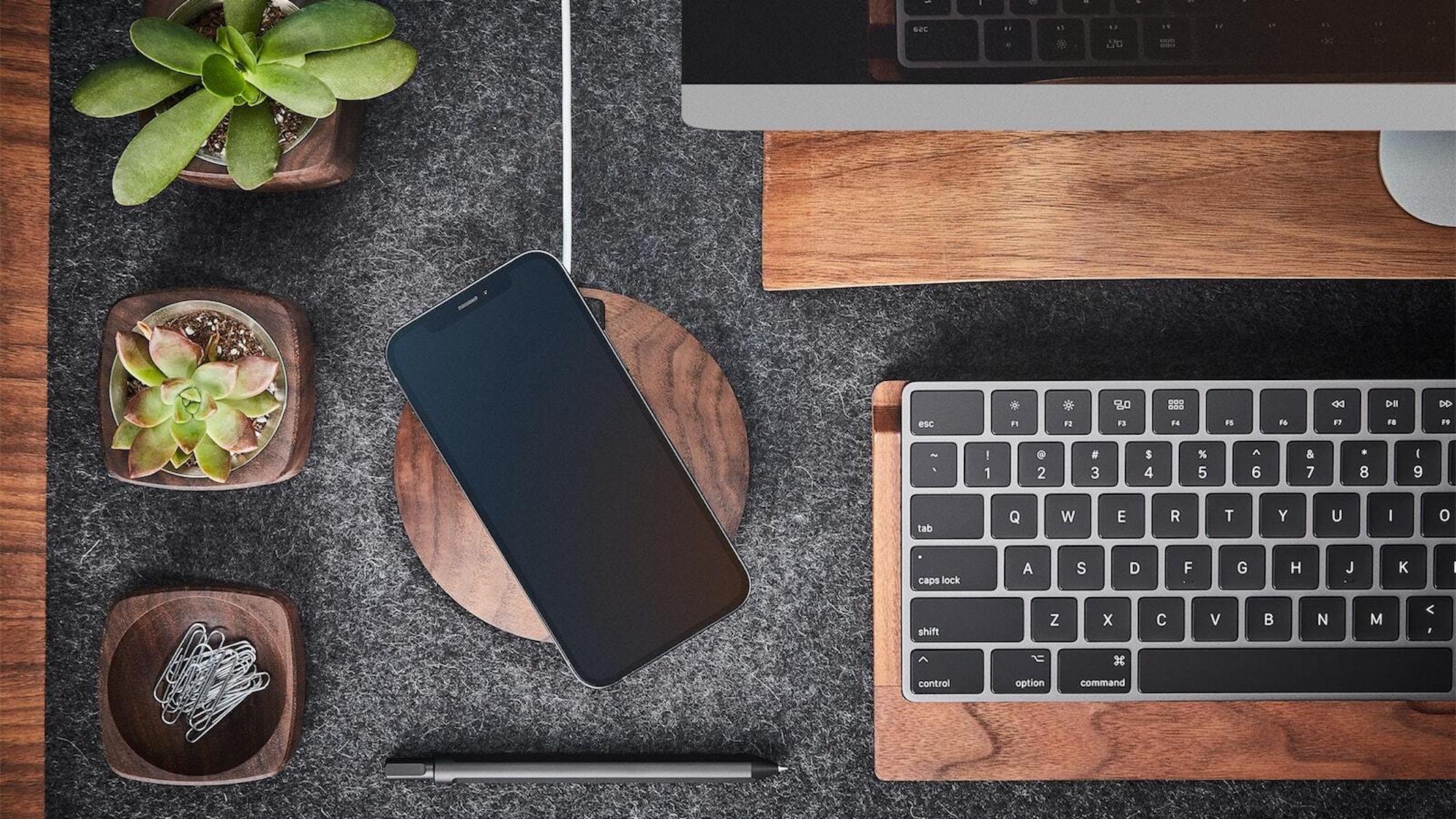Not known Facts About 3D Printing - Research Guides and Class Pages at Dominican

The Buzz on Prototyping: the mother of invention - by Darren Bennett - UX

Group of methods to quickly construct physical things Quick prototyping is a group of techniques used to rapidly produce a scale model of a physical part or assembly using three-dimensional computer system assisted design (CAD) data. More Discussion Posted Here of the part or assembly is normally done using 3D printing or "additive layer manufacturing" innovation.
Today, they are utilized for a vast array of applications and are used to make production-quality parts in relatively small numbers if wanted without the common unfavorable short-run economics. This economy has actually motivated online service bureaus. Historical surveys of RP technology start with conversations of simulacra production methods utilized by 19th-century sculptors.
The capability to recreate styles from a dataset has actually triggered issues of rights, as it is now possible to insert volumetric data from one-dimensional images. Similar to CNC subtractive techniques, the computer-aided-design computer-aided production CAD -WEB CAM workflow in the traditional quick prototyping procedure starts with the production of geometric data, either as a 3D solid utilizing a CAD workstation, or 2D pieces using a scanning device.
In other words, the things should have an "inside". The model stands if for each point in 3D space the computer can identify distinctively whether that point lies within, on, or outside the border surface of the model. CAD post-processors will approximate the application vendors' internal CAD geometric forms (e.

What is Rapid Prototyping & 3D Printing? Benefits & How to

What Is Rapid Prototyping? - Methods & Technology - Fractory
What Is Rapid Prototyping?- Types, And Working Fundamentals Explained
To obtain the essential movement control trajectories to drive the actual SFF, rapid prototyping, 3D printing or additive manufacturing system, the ready geometric model is typically sliced into layers, and the slices are scanned into lines (producing a "2D illustration" utilized to produce trajectory as in CNC's toolpath), simulating in reverse the layer-to-layer physical structure process. [] Application areas [modify] Quick prototyping is also commonly applied in software application engineering to try brand-new company models and application architectures such as Aerospace, Automotive, Financial Providers, Product development, and Health care.
Utilizing shanty town they can rapidly make multiple versions of their jobs in a few days and begin checking quicker. Quick Prototyping enables designers/developers to provide a precise idea of how the finished product will turn out prior to putting too much time and cash into the prototype. 3D printing being utilized for Fast Prototyping permits for Industrial 3D printing to happen.
